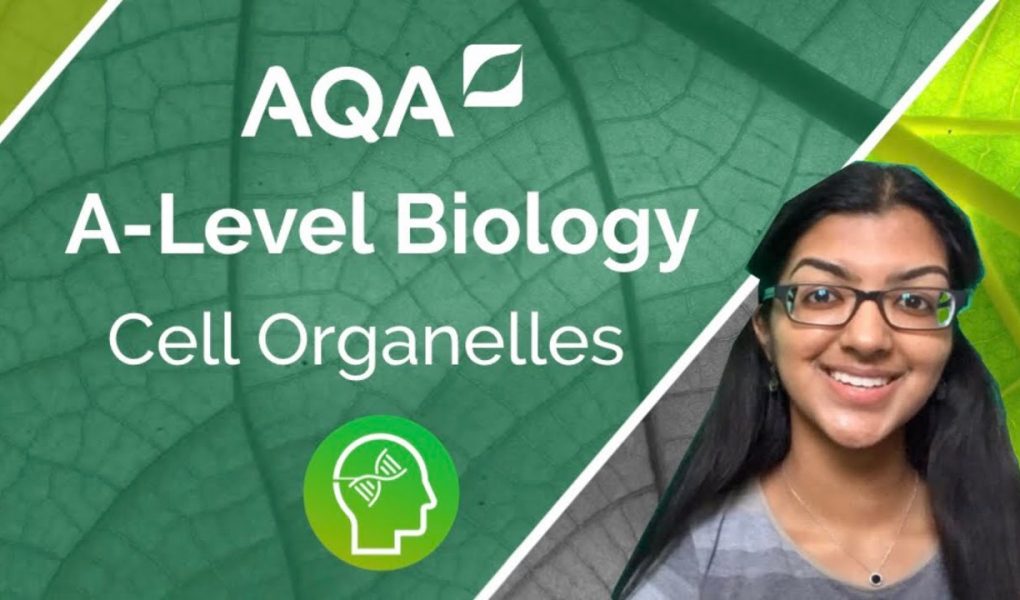Today you’re going to learn about Cell Organelles from the A-Level Biology AQA Specification and feel confident about exam technique! ✅ Watch all the videos for FREE on https://bit.ly/32OAe7d alongside our textbook and free flashcards.
A-Level Biology especially for AQA can be tough but fortunately we’ve made this tutorial to help you score the A* you need for questions on Cell Organelles. ✅
📒The three main aims of this tutorial are to cover: 📒
1. Animal and Plant Cells
2. Cell Specialisation and Organisms
Introduction (1:51)
Organelles are substructures within cells. You need to learn the structure and function of organelles.
Cell Surface Membrane (1:57)
Provides structure to the cell. Regulates the movement of substances into and out of cells. Plays a role in cell to cell communication.
Nucleus (3:26)
All eukaryotic cells have a nucleus. The nucleus houses the genetic information of a cell. The nucleus has its own membrane. Substances enter and exit the nucleus through nuclear pores. The nucleus has a secondary region inside of it called the nucleolus. The nucleus controls all of the activities of a cell.
Mitochondrion (5:11)
The mitochondrion is a membrane bound organelle. The mitochondrion is the powerhouse of the cell. Mitochondria have their own DNA. Mitochondria have their own ribosomes. The cristae enable compartmentalisation.
Chloroplast (12:47)
Chloroplasts are found in algae and plants. Chloroplasts are membrane bound organelles. Chloroplasts have an inner membranes called the thylakoid membranes. The inside of the chloroplast is filled with stroma. Light-dependent reactions take place in chlorophyll. Different parts of photosynthesis take place in different parts of the chloroplast.
Golgi Apparatus (6:57)
The Golgi Apparatus is a stack of curved membranes. The Golgi Apparatus packages lipids and proteins. The Golgi Apparatus has two “faces”. Proteins and lipids are packed into Golgi vesicles. The Golgi Apparatus also makes lysosomes.
Lysosome (8:21)
Lysosomes round membrane bound organelles. Lysosomes contain enzymes called lysozymes. Lysosomes can be used to digest invading cells or digest worn out cell structures. Digested material can be used or excreted.
Ribosomes (9:50)
Ribosomes are small organelles with two subunits. Ribosomes are mostly found floating in the cytoplasm. Ribosomes are made up of RNA and protein. Ribosomes make protein.
Rough Endoplasmic Reticulum (RER) (10:36)
The RER contains stacked, fluid-filled membranes. The surface of the RER is covered in ribosomes. The RER folds and packages proteins and sends them to the Golgi Apparatus.
Smooth Endoplasmic Reticulum (SER) (11:49)
The SER does not have ribosomes. Its main function is to synthesise lipids. The SER is also involved in detoxification.
Cell Wall (14:19)
The cell wall is found in plant cells, algal cells, and certain fungal cells. The main function of the cell wall is to support the cells. The cell wall is freely permeable.
Cell Vacuole (15:15)
Plant cells have vacuoles. The vacuole contains a cell sap. The vacuole helps maintain pressure in a plant cell. The vacuole isolates harmful chemicals from the rest of the plant cell.
Structural Differences Between Animal Cells and Plant Cells (16:11)
Plant cells have chloroplasts. Plant cells have a cell wall. Plant cells have a large central vacuole.
Cell Specialisation (16:49)
In multicellular organisms, cells specialise to perform specific functions. Specialised cells look different from each other. There can be a change in the number of a specific organelle.
Epithelial Cells of the Small Intestine (17:29)
Villi absorb digested food in the small intestine. Villi have mini-projections called microvilli. The villi epithelial cells have a large number of mitochondria.
Red Blood Cells (erythrocytes) (18:30)
RBCs transport blood. RBC have no nucleus.
Sperm Cells (19:00)
Sperm cells are involved in sexual reproduction. Sperm cells have many mitochondria to provide energy. Sperm cells have a flagellum tail to help swim.
Hepatocytes (19:57)
Hepatocytes are liver cells. Hepatocytes have very large smooth endoplasmic reticula.
Cell Organisation (20:23)
Cells with a similar function group together to form a tissue. Different types of tissues group together to form an organ. Different organs with similar functions group together to form an organ system. Different organ systems group together to create an organism.
To catch our latest videos, subscribe and leave a comment below on a video you’d like us to record!
👇 Subscribe to Study Mind with ONE CLICK👇
👇Revise with free past papers BY TOPIC for AQA A-Level Biology👇
https://bit.ly/2mE065v
👇Get personalised 1-1 Tutoring at £30ph for GUARANTEED improvement👇
https://bit.ly/2mDXNzn
Tags: #AQABiology #ALevelBiology #StudyMind #CellOrganelles #Organelles
source



